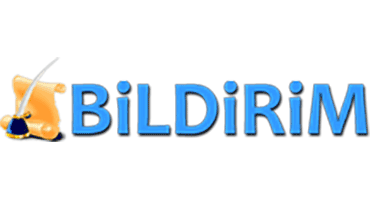Oral Presentation - 7
Validity of pediatric eating assesment tool-10 to predict aspiration in children with esophageal atresia
Tutku Soyer 1, Şule Yalçın 1, Selen Serel 2, Numan Demir 2, Feridun Cahit Tanyel 1
1 Hacettepe University Faculty of Medicine Department of Pediatric Surgery
2 Hacettepe University Faculty of Health Sciences Physiotherapy and Rehabilitation
Aim: To evaluate the validity of pEAT-10 for prediction of aspiration in children with EA.Methods: Patients operated for EA were evaluated for age, sex, type of atresia, presence of associated anomalies, type of esophageal repair, time of definitive treatment and onset of oral feeding. Penetration aspiration score (PAS) was evaluated with videofluoroscopy (VFS) and parents were surveyed for pEAT-10, dysphagia score (DS) and functional oral intake scale (FOIS). PAS>7 was considered as risk of aspiration, and EAT-10>3 was abnormal. Results: Forty patients were included in the study. Children with penetration-aspiration in VFS (PAS>7) were assessed as PAS+ group, and the ones with PAS<7 were PAS- group. Demographic features, results of surgical treatment, and median levels of PAS, pEAT-10, DS and FOIS are listed in Table 1. The sensitivity and specificity of pEAT-10 to predict aspiration were 88% and 77%, positive and negative predictive values were 22% and 11%, respectively. Type-C cases had better pEAT-10 and FOIS than type-A cases, and both scores were statistically better in primary repair than delayed repair (p<0.05). Onset of oral feeding did not differ for each score. Among the postoperative complications, only leakage had impact on DS, pEAT-10, PAS and FOIS scores (p<0.05). Conclusion: Aspiration is a common problem in patients with EA. pEAT-10 is a simple and reliable tool to predict airway aspiration in children. Patients with higher pEAT-10 scores should undergo detailed evaluation of deglutitive functions and risk of aspiration to promote safer feeding strategies Parameters PAS+ (n=9) PAS- (n=31) p values Age (median) 30 (12-84) 48 (12-120) >0.05 Sex (male:female) 4:5 15:16 >0.05 Type of anomaly Gross A Gross C Gross D 2 (22.2%) 7 (77.8%) 0 (0%) 3 (9.7%) 26 (90.3%) 2 (6.45%) >0.05 Associated anomalies (n,%) 3 (33%) 11 (35%) >0.05 Definitive treatment Primary anastomosis Delayed repair 5 (55.5%) 4 (45.5%) 27 (87%) 4 (13%) >0.05 Postoperative complications Anastomotic leakage Stenosis Recurrent fistula 1 (11%) 2 (22%) 1 (11%) 1 (3.2%) 10 (32%) 2 (6.4%) >0.05 Onset of oral feeding after surgery < 1 week 1 week- 1 month > 1 month 3 (33%) 4 (45%) 2 (22%) 19 (61%) 6 (19%) 6 (19%) >0.05 Recurrent respiratory infection 4 (44.4%) 13 (41.9%) >0.05 Penetration-aspiration score (PAS) 8 (7-8) 1 (0-5) <0.05* Dysphagia score (DS) 27 (0-42) 3.5 (0-30) <0.05* pEAT-10 7 (0-14) 1 (0-13) <0.05* FOIS 5 (2-7) 7 (3-7) <0.05*

